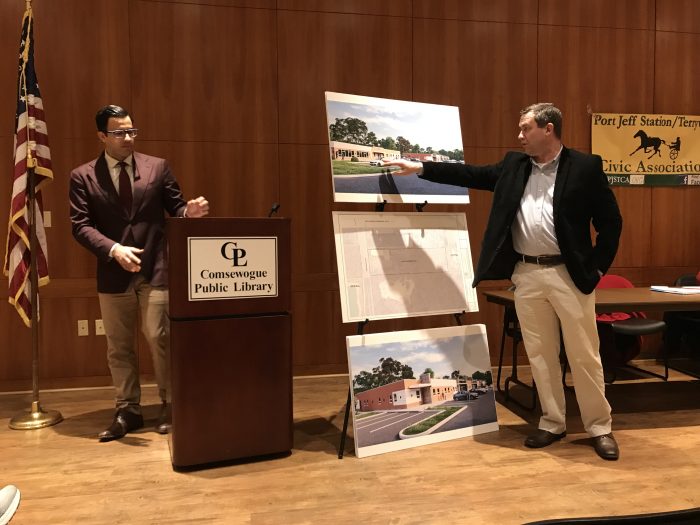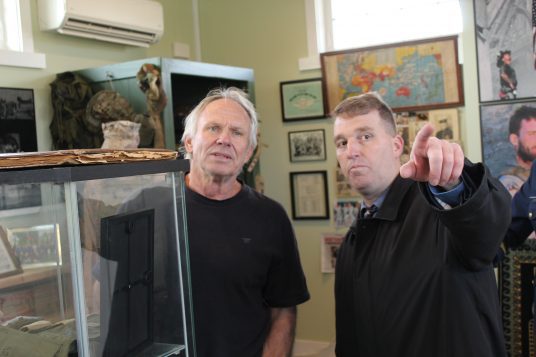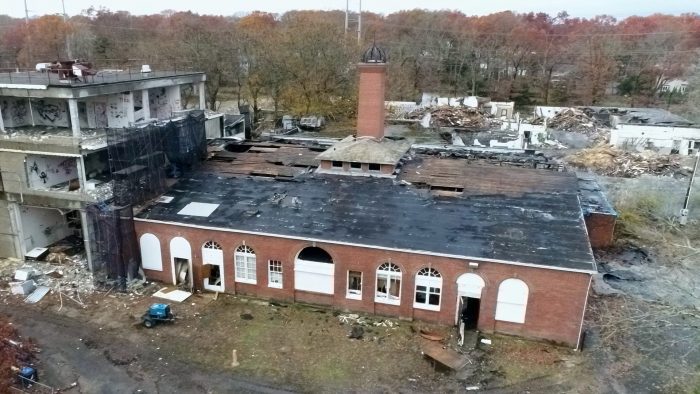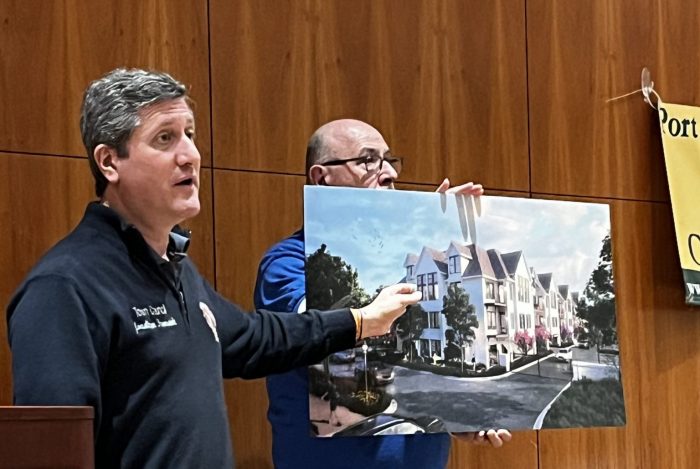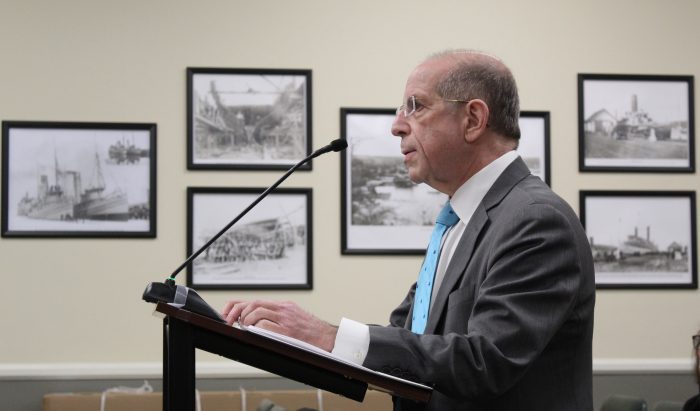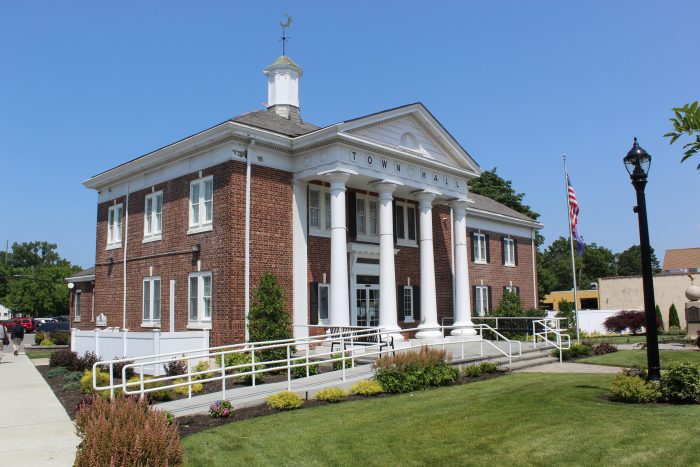Members of the Port Jefferson Station/Terryville Civic Association went back and forth Tuesday night, Dec. 19, wrestling over conditions for land development within the hamlet.
During its December meeting, the body heard presentations from two separate applicants before the Town of Brookhaven. In a show of local oversight, the civic opted to submit letters for both applicants with conditions.
Representatives of Bicycle Path Group LLC, owner of the property at 507 North Bicycle Path, presented plans to renovate a 4,000-square-foot commercial building into a medical office and construct a separate 20,000-square-foot medical office on the 2 1/2-acre parcel.
Members posed various questions surrounding architectural design, landscaping, parking and proliferation of medical office space locally.
Also before the civic Tuesday, representatives of Riverhead Building Supply explained the setbacks involved with its proposed special-use permit for a masonry showroom at the company’s newly-acquired Hallock Avenue property, seeking to bring the current facilities on-site up to code.
Civic member Jen Dzvonar, also president of the Port Jefferson Station/Terryville Chamber of Commerce, introduced a resolution to write a letter of no objection for the proposed renovations for the masonry showroom.
Lou Antoniello modified Dzvonar’s resolution, offering to issue a letter of no objection, subject to improvements to the landscaping at the entrance of the property.
Countering, Dzvonar suggested the conditional letter would place unnecessary impediments upon the local business owner: “I think to try to request exactly what plants, what trees and what flowers they’re going to be putting on their property — I mean, you don’t ask that of your neighbor,” the chamber president said.
Antoniello, however, referred to the modification as a “simple request to see somebody’s landscaping plan,” adding that it establishes a precedent for future development.
“It doesn’t mean they’re not going to come to our community and build — it doesn’t mean we’re discouraging” the property owner, he said. “Precedent is the word we should use here. So when people drive by existing businesses, they say, ‘This is what the community expects.’”
Following these deliberations, the members approved Antoniello’s conditional letter of no objection.
Returning to the proposed medical office, the body again opted to exercise its land use oversight function. The members agreed to issue a letter to the property owner, requesting tweaks to the site plan to accommodate resident concerns over architectural style and parking.
The civic will meet again on Jan. 23.

